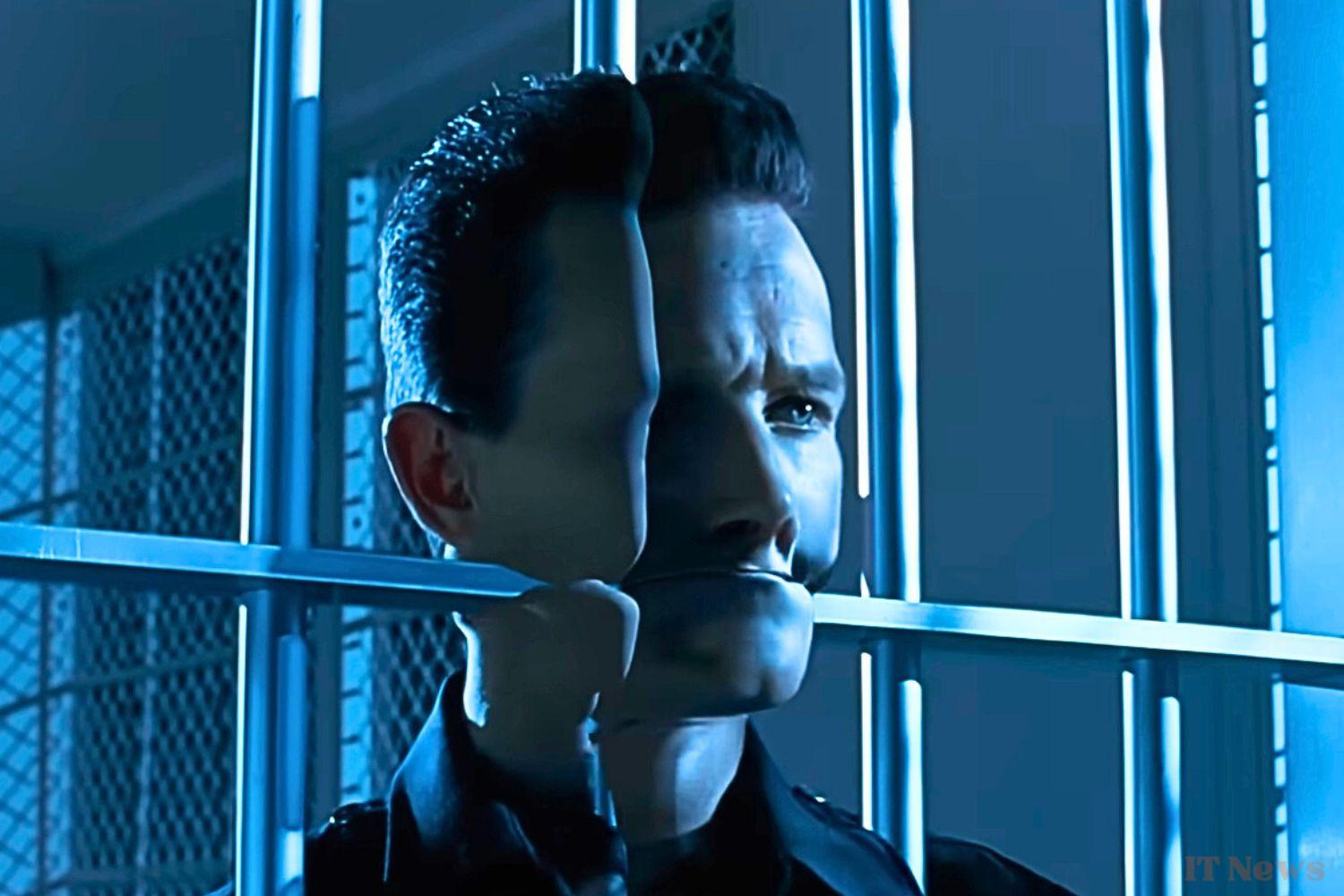In 1991, James Cameron immersed himself in the Terminator mythology after the undisputed success of his first film. In seven years, the director had not been idle and had directed other monuments of the seventh art, from The Abyss to Aliens, including Point Break. But when he announced Terminator II: Judgment Day, everyone wondered how he would be able to reinvent himself and continue the adventures of his characters. Then came the idea of making his antagonist from the first film the good guy from the second... and have him face another cybernetic killer.
This time, it's in 1995 that Skynet hopes to eradicate its enemy and leader of the resistance: John Connor. Shortly before its release, Terminator II was widely promoted as a highly ambitious blockbuster with a staggering budget. More than $100 million was spent. In 2025, these budgets are quite common, even in the lower middle of the envelopes allocated to science fiction proposals. In the early 90s, however, such a cost was unthinkable. It must be said that James Cameron did not make the task any easier for his teams.
A feat
When he began thinking about Terminator II, James Cameron initially wanted to confront Sarah Connor with two Terminators. Two Arnold Schwarzeneggers, one good and one bad. As discussions progressed, he hatched T-1000, an improved version of his killer robot and, above all, with a new approach. This time, it wasn't the actor and bodybuilder's bulging muscles that would instill terror in the audience. In the film's bonus features, the director explains that he had the idea of a liquid steel Terminator in the 80s. But the technologies and artifices of the time did not allow him to realize this idea. “Claymation (clay animation) was the only thing I could think of, but I don't think it would have been breathtaking enough”.
His experience on Abyss will allow him to see things from a different perspective. The film involves a liquid creature that could be an interesting starting point for imagining an intangible T-1000. Except that this time, Cameron won't be able to do without it if the result isn't up to scratch. The character is omnipresent; he must use his particularity to build his story and his antagonist. He therefore calls on the teams at Industrial Light and Magic (Star Wars) to develop a digital double for Robert Patrick.
This was a colossal undertaking, requiring weeks of work in post-production, 24 hours a day, seven days a week. Cameron's goal was to first immortalize the sets, special effects, and other actors before directly integrating the characters. The scene of the T-1000 going through the bars marks a turning point for the industry. It shows that digital can support practical effects, pushing the boundaries of what cinema can do.
While the cyborg's transformations are entirely digital, the moments where he is injured The gunshot wounds are recreated using pieces of aluminum and makeup. In the scene with the bars, Robert Patrick is filmed before the effect and then directly after. During filming, the actor hit the bars with his fake gun. A misfire that was ultimately kept in the editing to add more realism to the scene. Without Cameron and ILM's work on Terminator II: Judgment Day, The Lord of the Rings would not have been released nearly a decade later, just like James Cameron's Avatar in 2009.



0 Comments